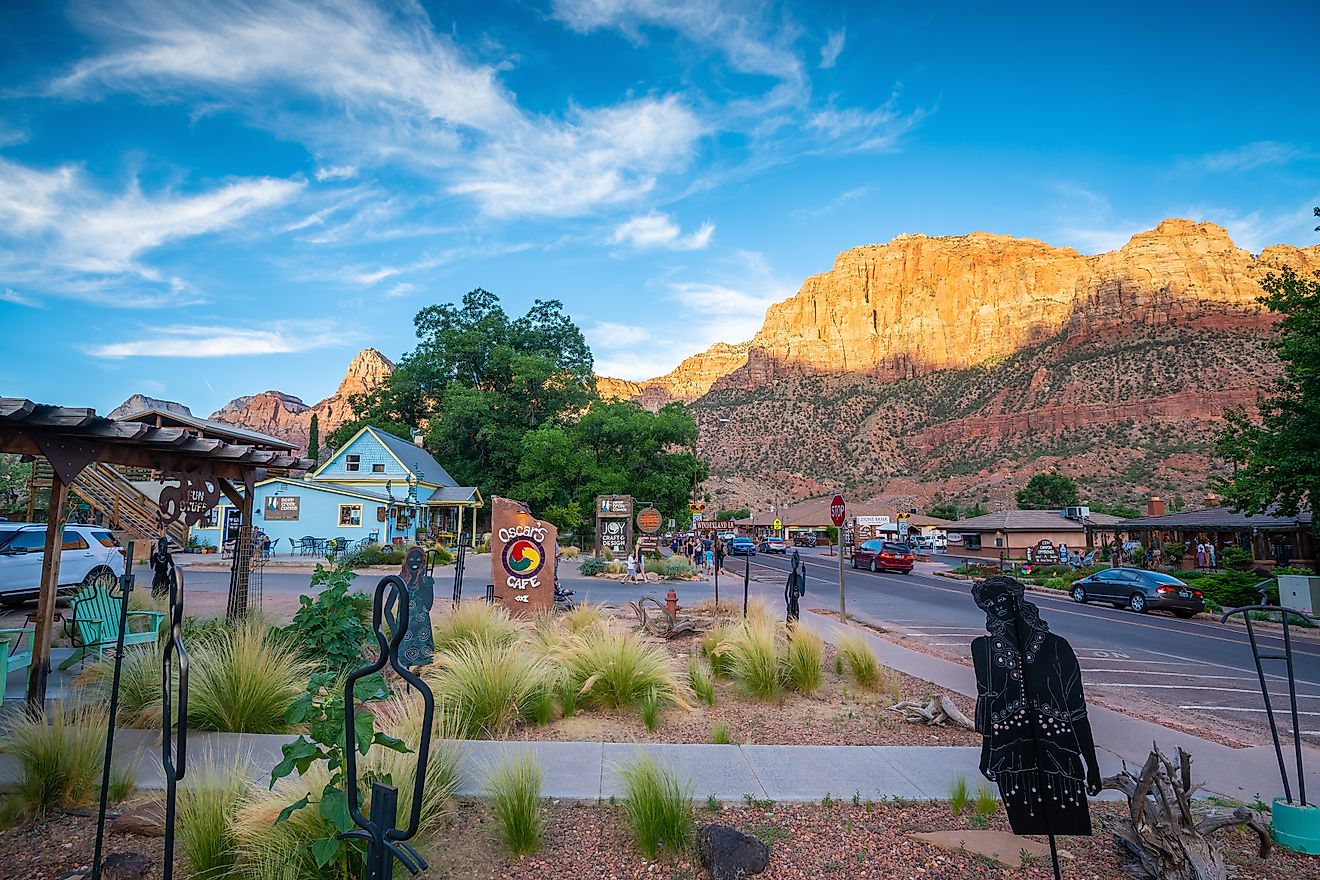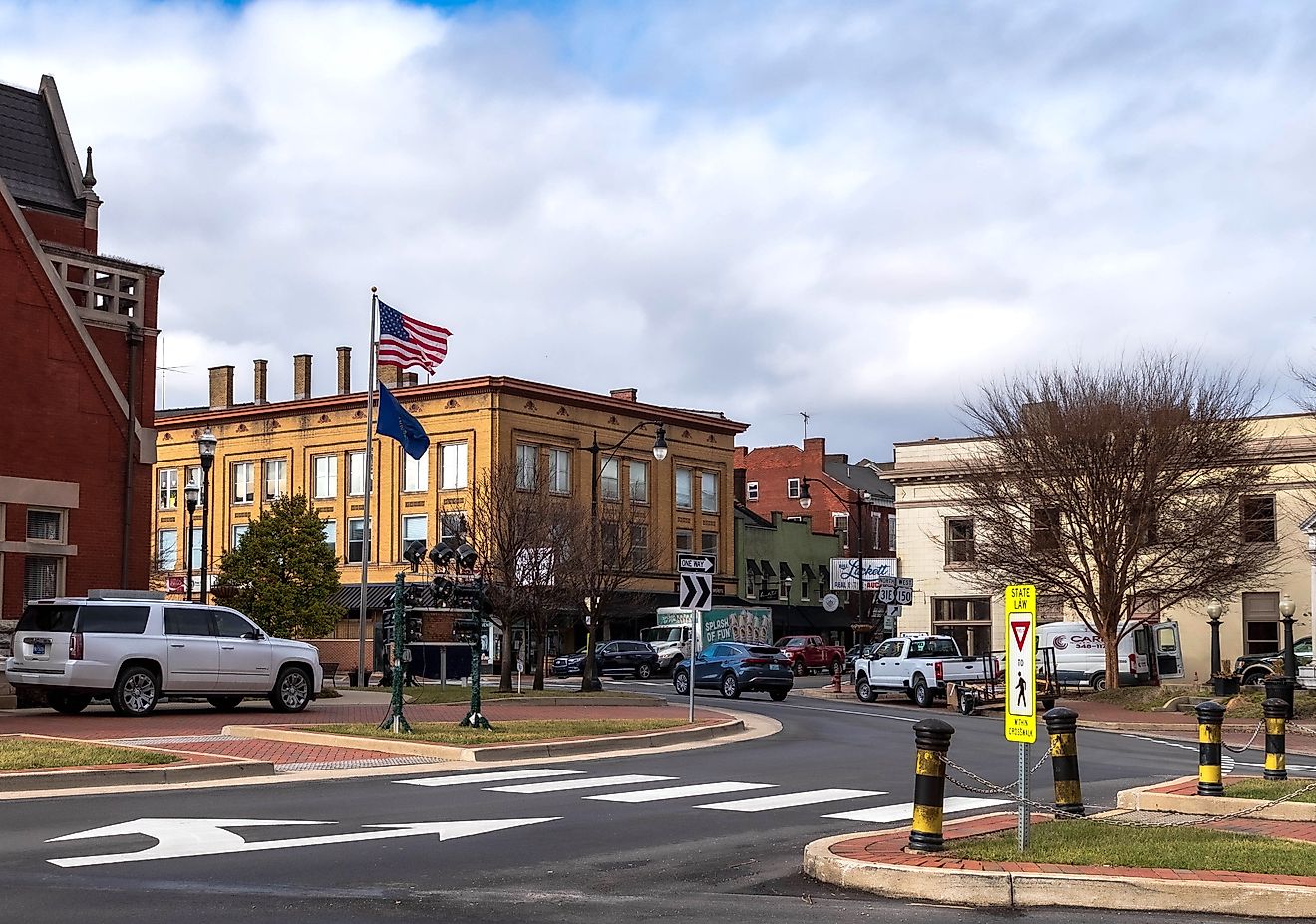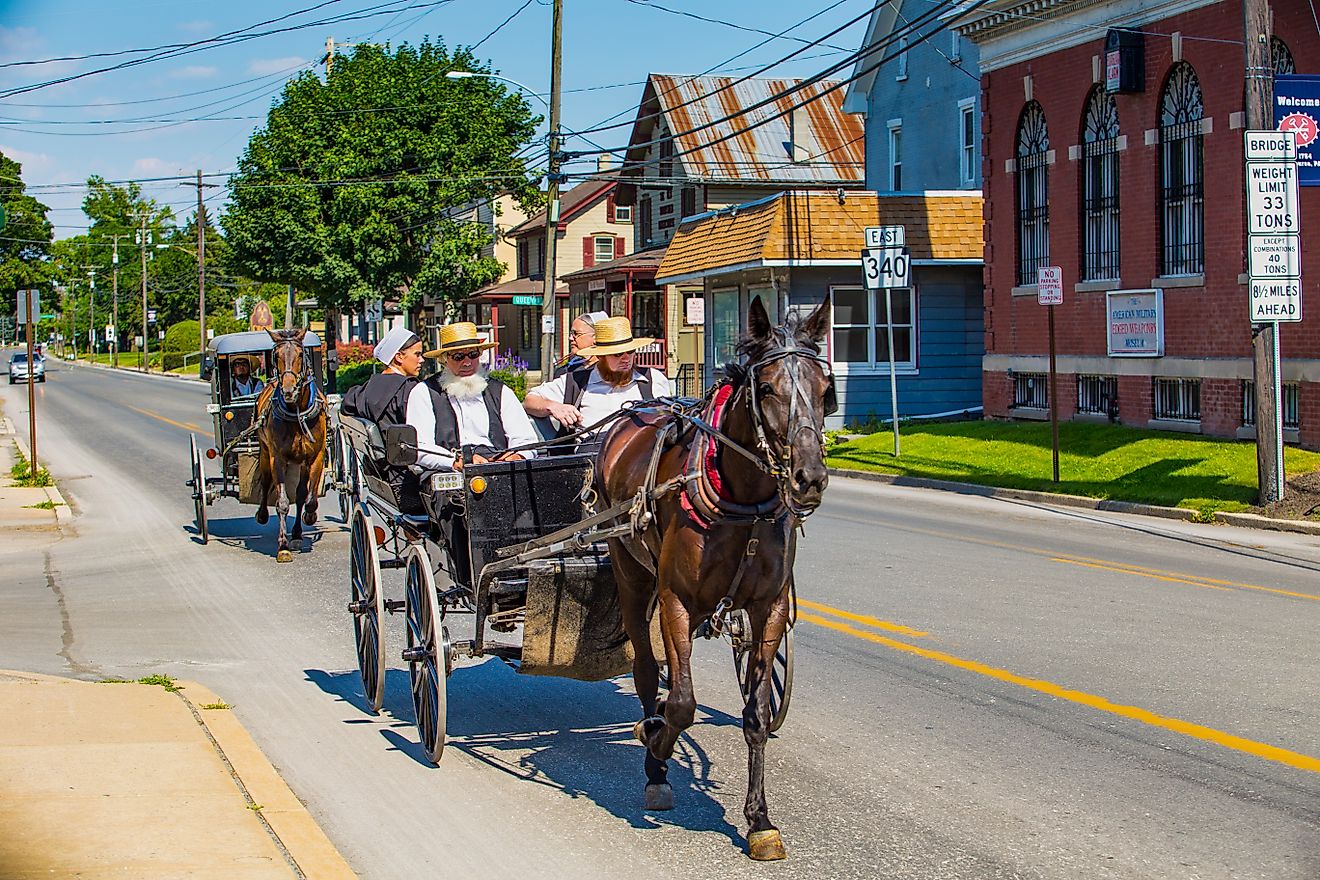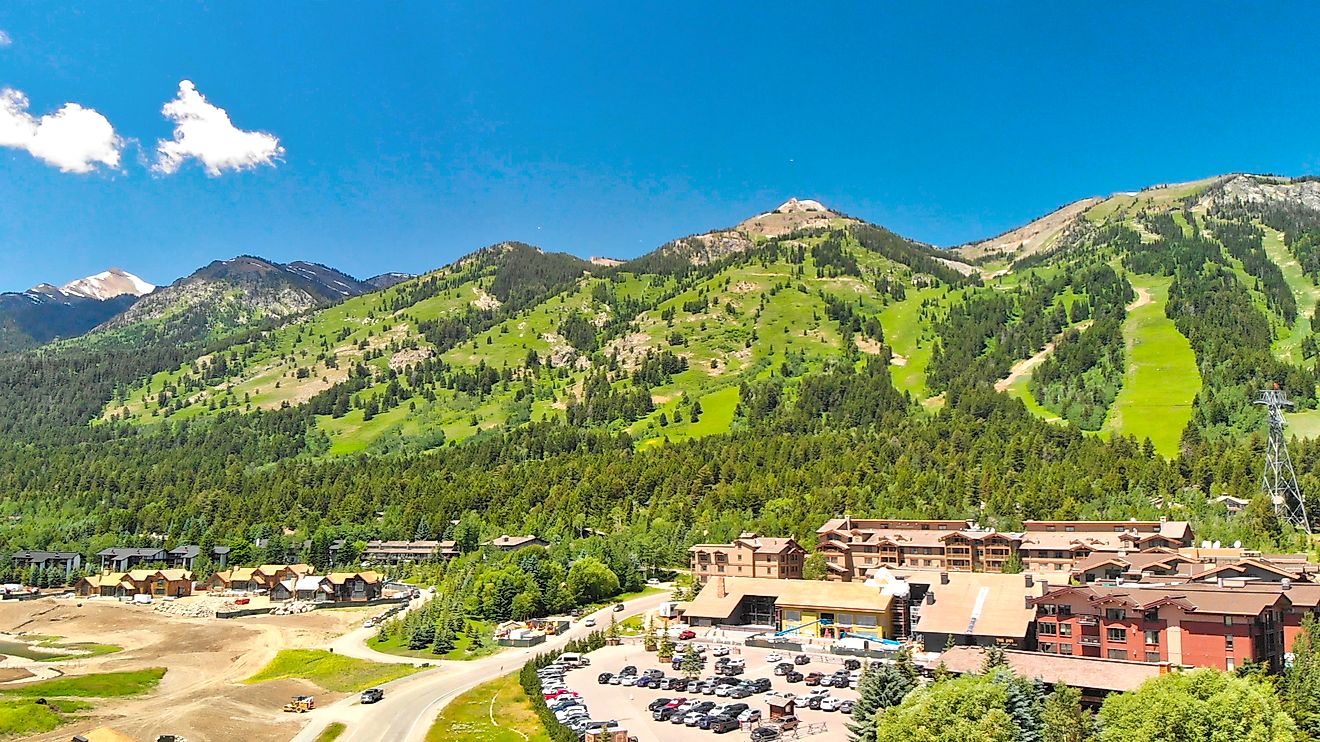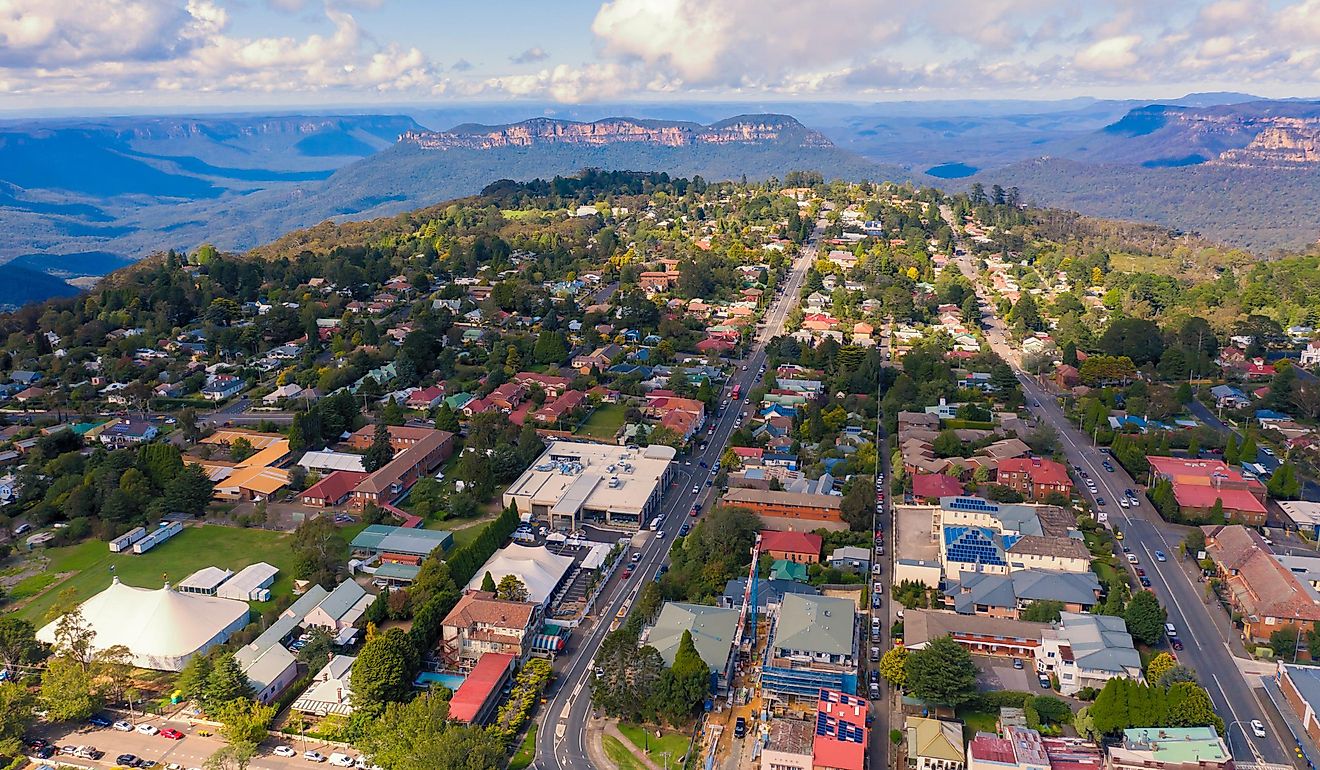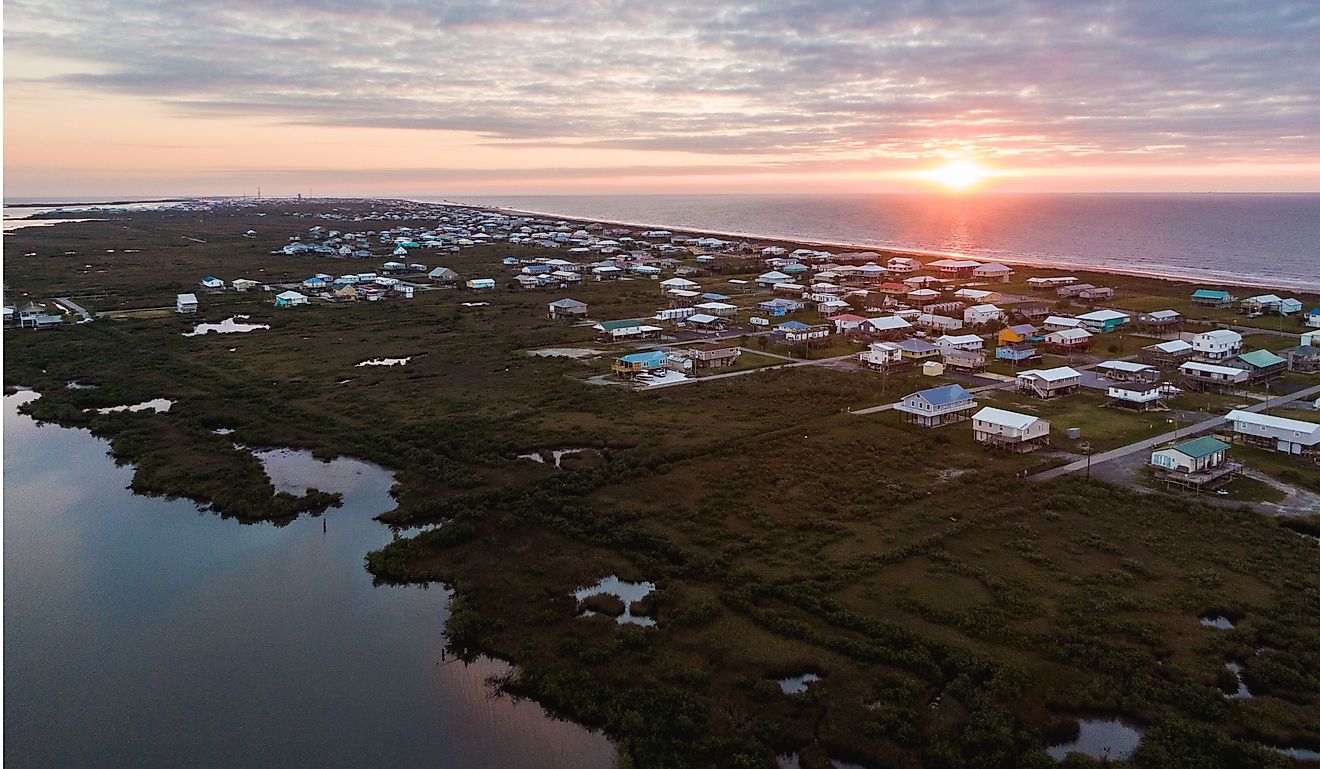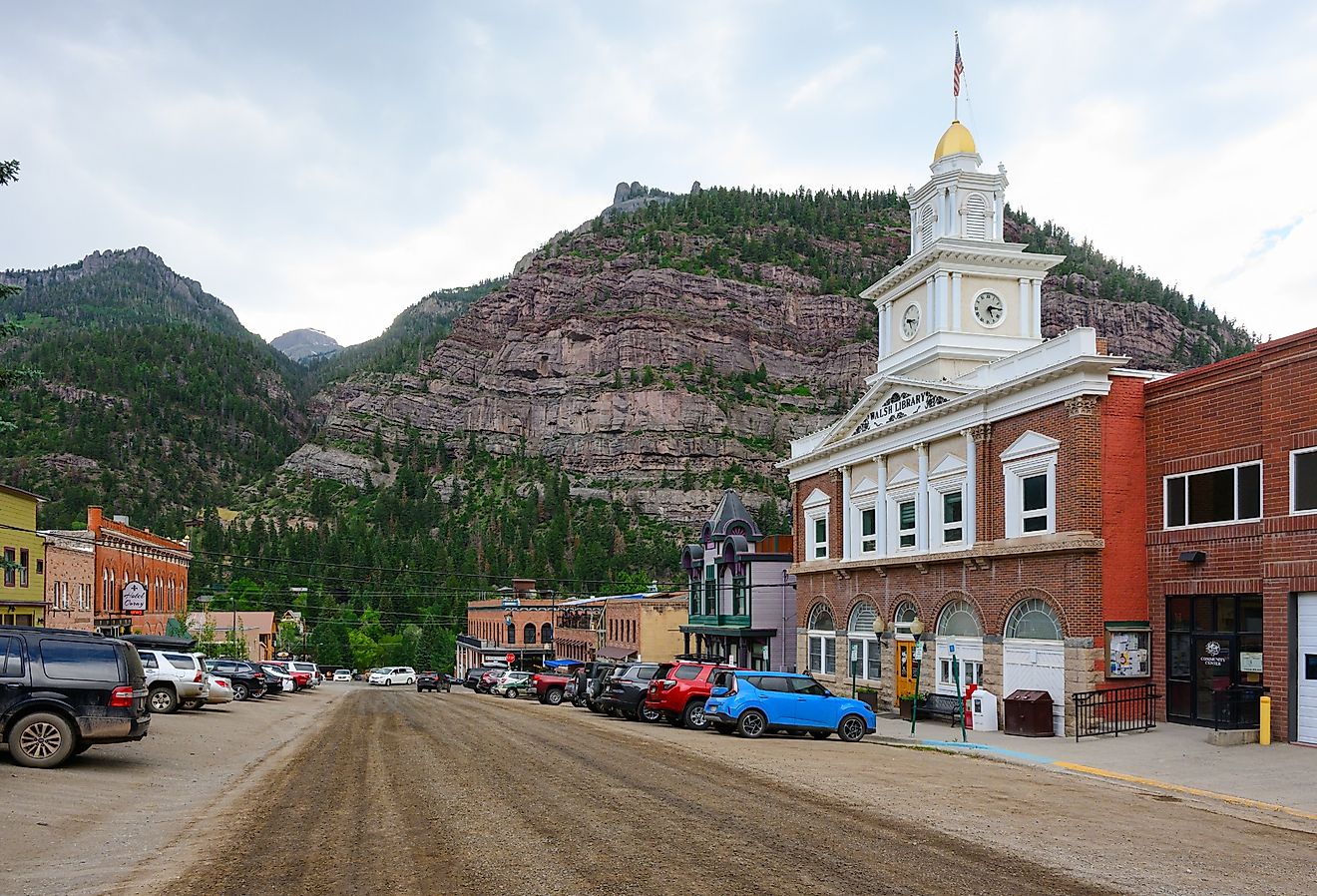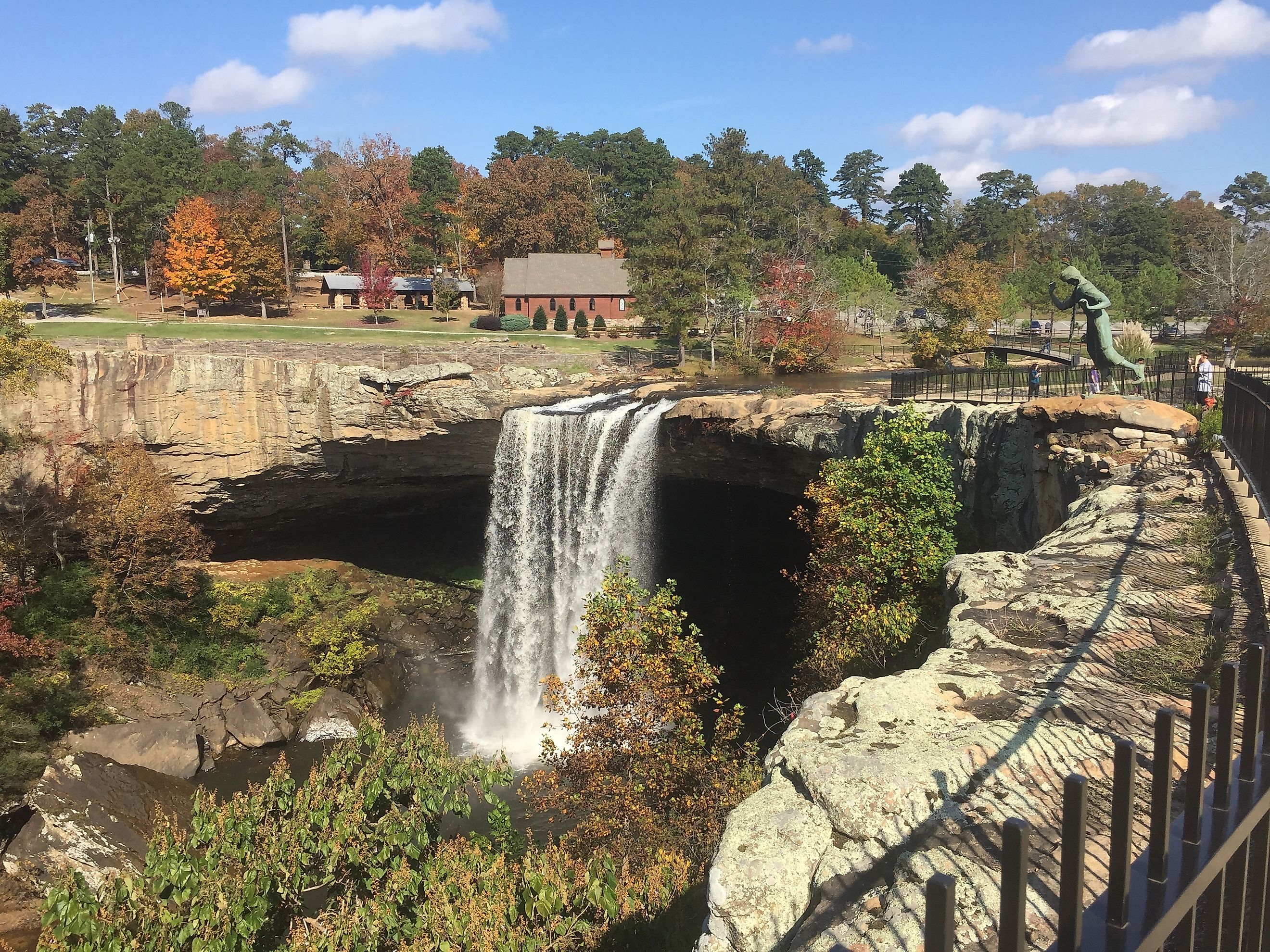
5 Best Natural Wonders To Visit In Alabama This Year
Alabama's natural settings are a land full of unexpected delights. The land rises and dips, transforming from jagged edges of cliffs to shadowy woods and deep canyons carved by water streams. A big chunk of this part of Alabama feels untouched, molded by time to create some unforgettable natural wonders. As you move deeper into the state’s wilder regions, the noise of everyday life drops away, and the land feels fresh and raw and more rooted. It is a rugged place with slow-moving water and sandstone walls, where the trails follow the shape of the land. So, getting out to see these natural treasures is on your list of things to do this year; there is no better time. Read on to learn about five of the best natural wonders to visit in Alabama this year.
Dismals Canyon
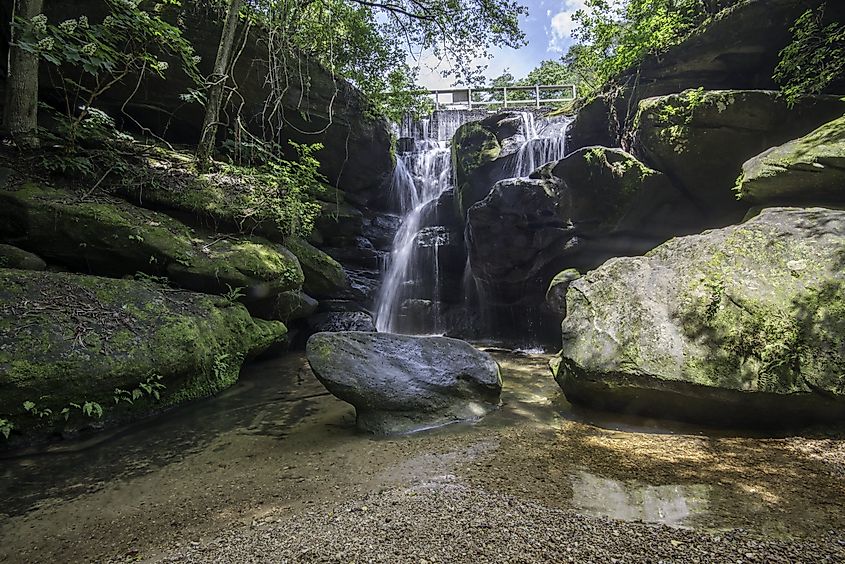
More so than other natural wonders in Alabama, Dismals Canyon has a distinctive hidden feel to it. Streams cut through sandstone over time and left behind narrow walls and deep passageways, creating the canyon. The wonder stayed untouched by settlers until the 1900s when people began to notice its rare plants and strange blue lights. In 1974, the canyon became a National Natural Landmark to protect it from losing all these things that make it so unique and beautiful.
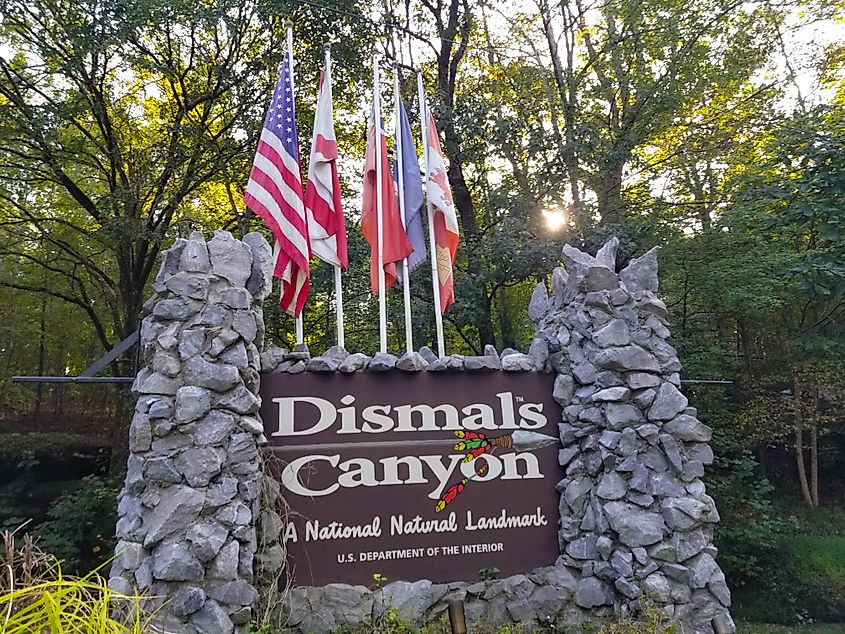
Still today, the canyon is full of tall rock walls and cold, clear water, and has all sorts of trails to help check out the environment. The main trail winds through the canyon, passing notable features such as Rainbow Falls, Temple Cave, and a rock shelter near Secret Falls. There are two rustic cabins, "Bringing Up The Moon" and "Bringing Down The Sun," located at the north end. You can join a night tour to see the canyon glow as tiny insects called dismalites light up the walls with a soft blue-green shine, something that happens in only a few places in the world. The best time to visit is from May through July, when the nights are warm and the canyon feels alive with the summer winds.
Noccalula Falls
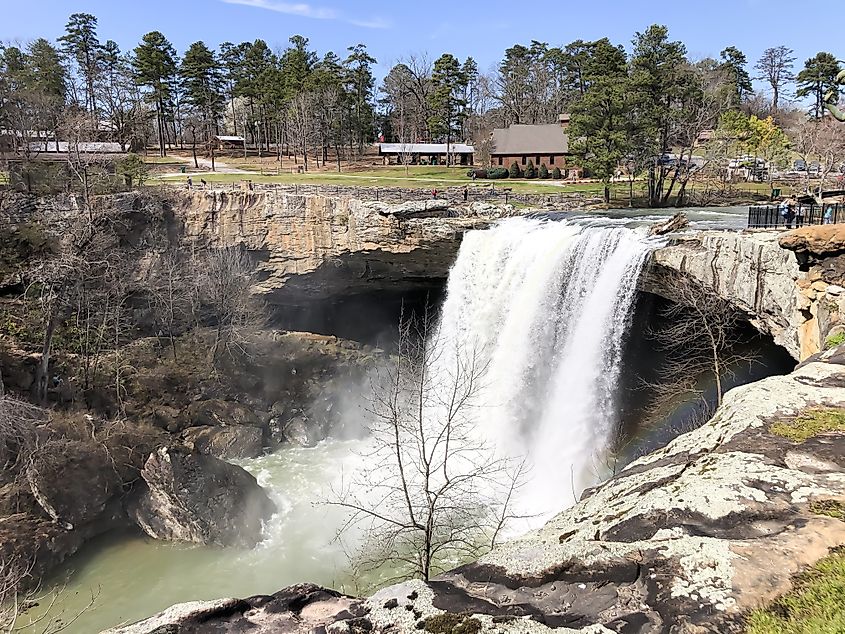
Black Creek drops sharply over the edge of Lookout Mountain, carving out the deep gorge now known as Noccalula Falls. The story goes that a Cherokee girl named Noccalula jumped from the top of the falls to escape a marriage she did not choose. Her name stayed with the falls, and a statue now stands at the edge where she is said to have leaped. In 1946, the town of Gadsden bought the area surrounding Noccalula Falls from the family of former mayor R.A. Mitchell, who originally acquired the land in 1909 with plans to create a public park. The park officially welcomed visitors in 1953.
If you want to explore the park, the Gorge Trail winds behind the falls and leads down to the bottom, where the rock is cool and wet. Another trail, called Black Creek Trail, follows the water through wooded slopes and quiet turns. You can hike behind the falls and feel the spray hit your face. You can also get close to the statue of Noccalula, the Cherokee girl, and see it from the top of the falls, looking out across the big gorge. Or, you can walk by the creek and see the water twist and turn through the woods. Spring is the best time to go, when the water moves fast and the trees start to flower.
Cheaha Mountain
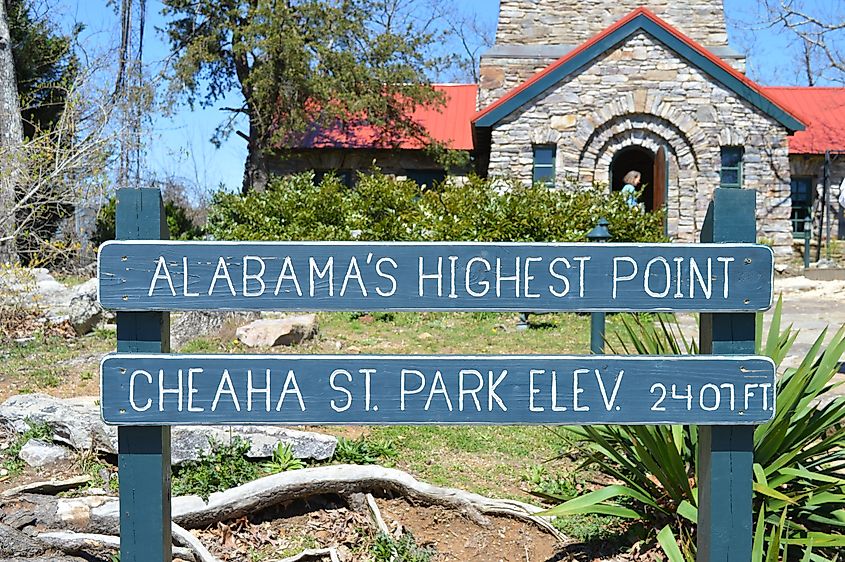
Want to see the highest place in Alabama? Cheaha Mountain is exactly that, shaped by wind and water over countless years. These forces of nature crafted rocky slopes and left behind a flat summit of ancient stone. The mountain lies in the Talladega Mountains, some of the oldest mountains in North America. In 1933, the land was designated for Cheaha State Park, Alabama’s first state park, and officially opened to the public in 1939, partly developed by the Civilian Conservation Corps.
The summit looks out over dense forest and rolling hills that stretch for miles. A stone tower called Bunker Tower marks the highest spot and there is also a boardwalk that leads to Bald Rock, where the land drops away into the open sky. You can climb the tower and look out over the edge of the Appalachians. You can walk the quiet ridge and breathe in pine and clean mountain air, while another option is a hike up to Pulpit Rock to watch the clouds pass below. The best time to visit here is from fall to winter when the leaves turn and the air becomes crisp.
Sipsey Wilderness
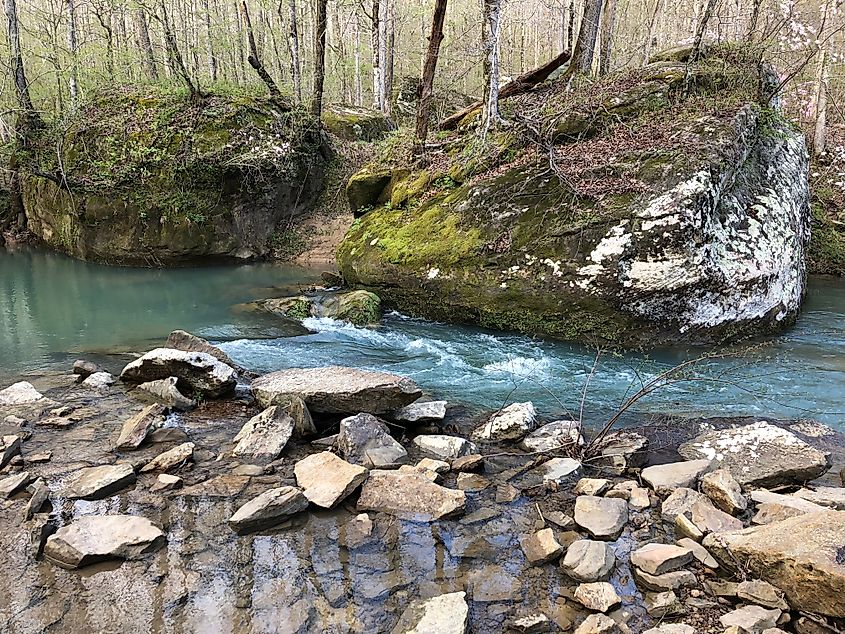
Sipsey Wilderness is a place that does not try to impress you; it waits. Not far from Addison, the forest is thick and quiet, and the ground stays soft year-round. Water moves slowly through deep hollows that feel more hidden than remote, and time doesn’t rush here; it just settles in the rock, the trees, and the moss that spreads over everything. The land was set aside in 1975 to keep its wild and free spirit intact. Just sandstone walls, cold streams, and trails that follow the shape of the land. The cliffs are old and worn down and the trees stretch wide above the gullies and close off the sky in places.
There are all sorts of paths to try out. You can hike along the Sipsey River and reach the trail to Mize Mill Falls, or you can follow Borden Creek until the path leads through water and into the rock itself. Another popular choice is taking the path to Fat Man’s Squeeze and passing between walls so tight you feel the stone on both arms. The best time to visit is early spring when the waterfalls are full, and the forest begins to come to life.
Little River Canyon National Preserve
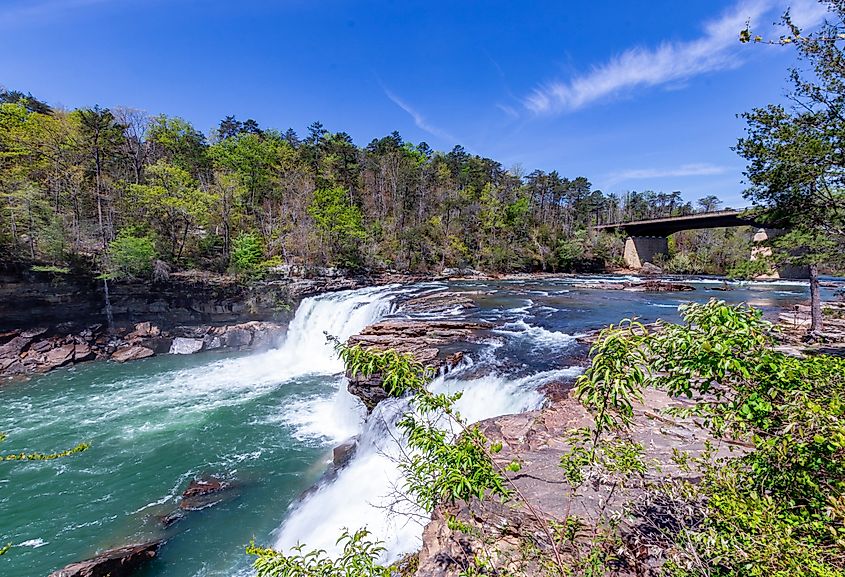
Little River Canyon National Preserve was formed by the Little River cutting deep into Lookout Mountain over millions of years. Gradually, erosion made this one of the deepest canyons in the eastern United States, and it is unique as the river that formed it almost completely runs on a mountain's top. People have always loved the area's beauty, but it was once at risk because of logging and development. So, in 1992, it became a national preserve to keep it safe, with the public wanting to protect its special nature and history.
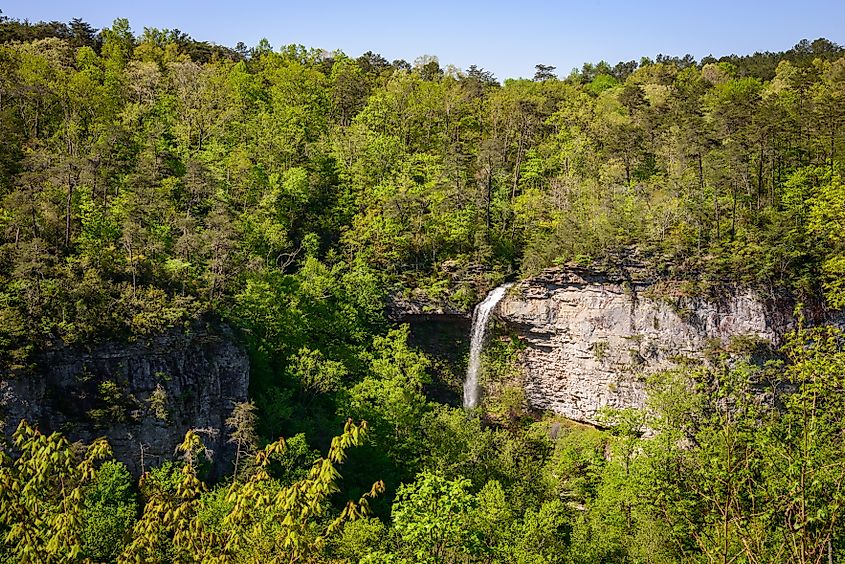
Now, the preserve stretches across more than 15,000 acres with the National Park Service taking good care of it. The nature spot includes high cliffs and thick woods and holds special wildlife like black bears and blue shiners to see. Little River Falls is a main attraction at the canyon's entrance. People who visit can walk the rough, challenging trails along the canyon. Or they can swim in the cool water below the falls. The most loved trails lead to viewing points and deep into the canyon itself. The preserve also has spots for picnics and wildlife viewing. It remains one of Alabama’s most striking natural areas. The best time to visit is in the fall from October to early November when the leaves change color and the weather is cool and clear.
Alabama’s natural wonders remind its visitors and residents that wildness still thrives close to home. From glowing canyons to mountaintop views, these places offer more than beauty; they offer quiet and a sense of returning to nature. There truly is no feeling like it. So if you are looking into hiking deep trails or watching waterfalls, each of these natural wonders in Alabama will make you want to keep coming back over and over. This is the year to start going. All you have to do is begin the journey.
